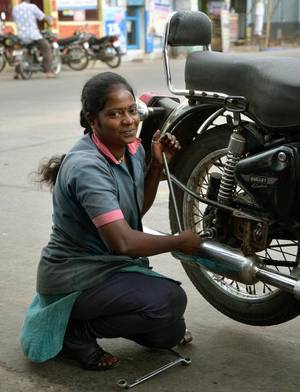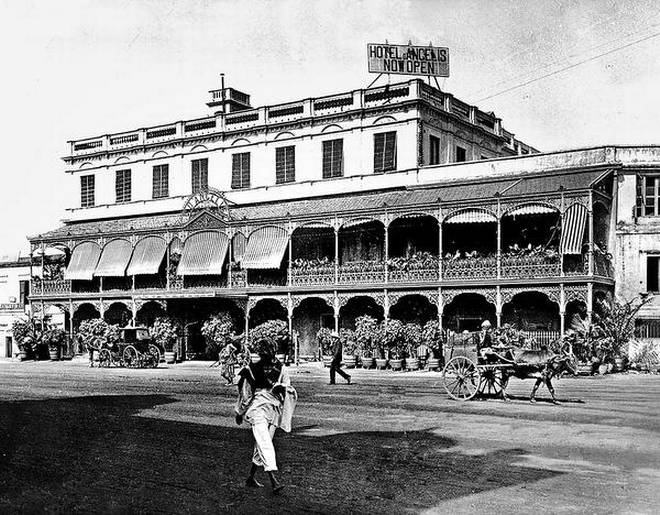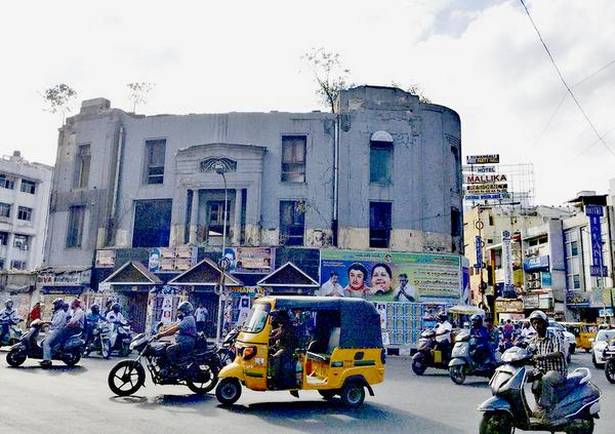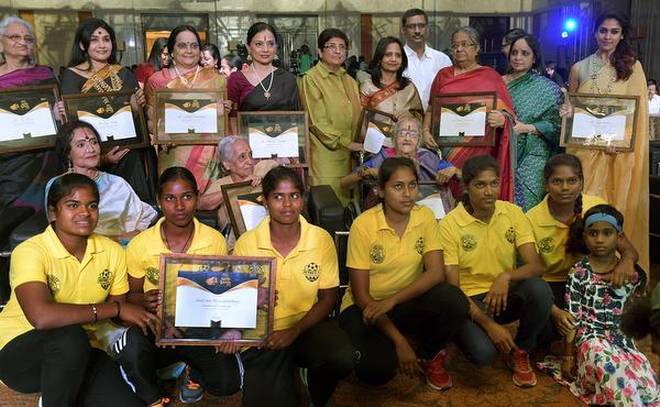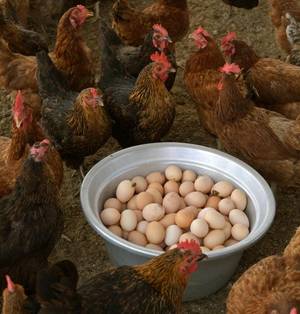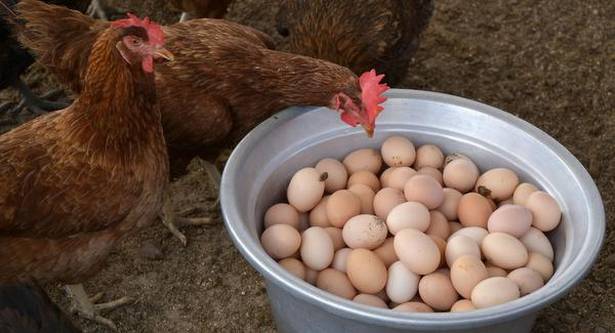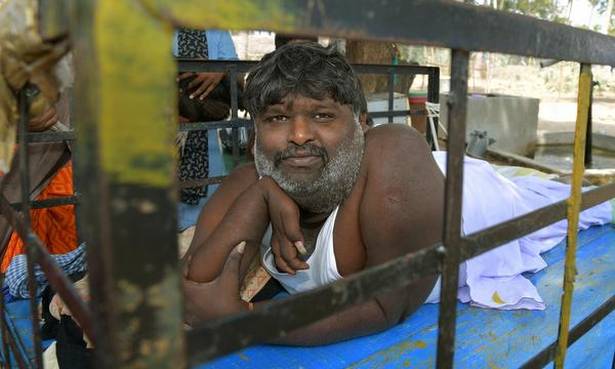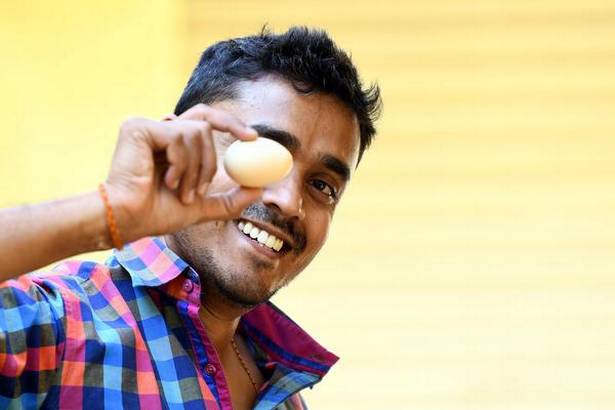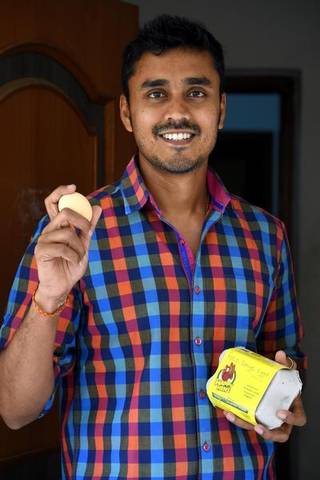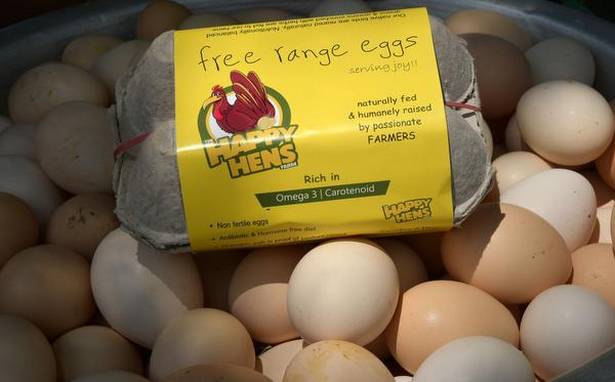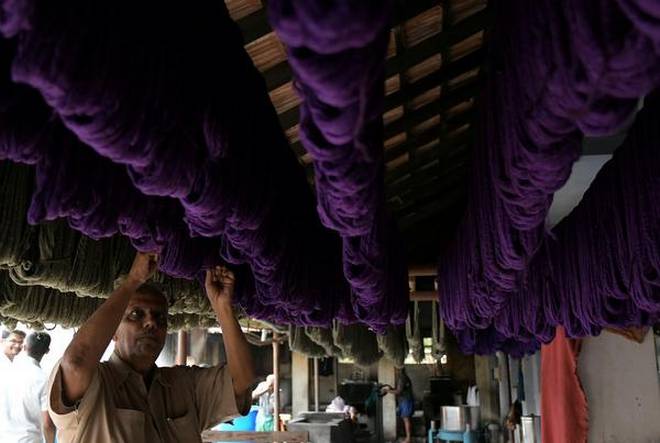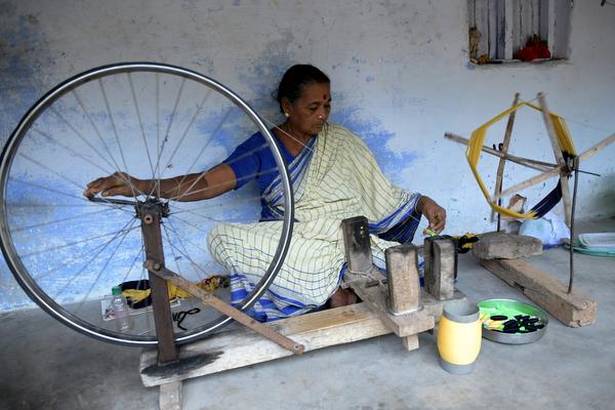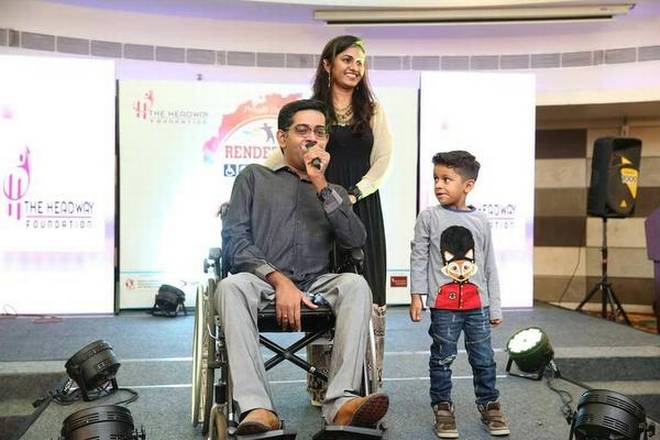Meet ‘Bullet Rani’ Rohini who recently became popular after a news clip of her working as a mechanic with her father and test-driving the signature motorcycle went viral on social media
R Rohini is squatting on the ground, tightening some screws on a Royal Enfield Bullet’s innards. The petite 24-year-old is dwarfed by the hefty machine, which is balanced on a small wooden platform, but she works with a quiet confidence born out of long years of experience. It’s an unlikely sight in the little temple town of Kumbakonam.
Rohini became popular recently as ‘Bullet Rani’, after a news clip of her working as a mechanic with her father and test-driving the signature motorcycle went viral on social media, but she is reluctant to accept the sobriquet. “I can repair two-wheelers of all types, not just the Bullet,” she says. “Besides, I like my name as it is!” She has been working for her father J Ravi since 2008, in the two-wheeler garage that he has maintained at the same spot on the southern side of the Mahamaham Tank in Kumbakonam for 20 years.
A mechanic with over 40 years of experience, Ravi had a reason for training his female family members to help out at the garage. “I wasn’t able to employ male assistants easily, because this road leads to a women’s college, and I was worried about discipline problems if I recruited young men in my garage,” Ravi says. “So my wife used to help me out with the basics in the daytime.” An elder daughter was also trained as a mechanic, but stopped working after she got married.
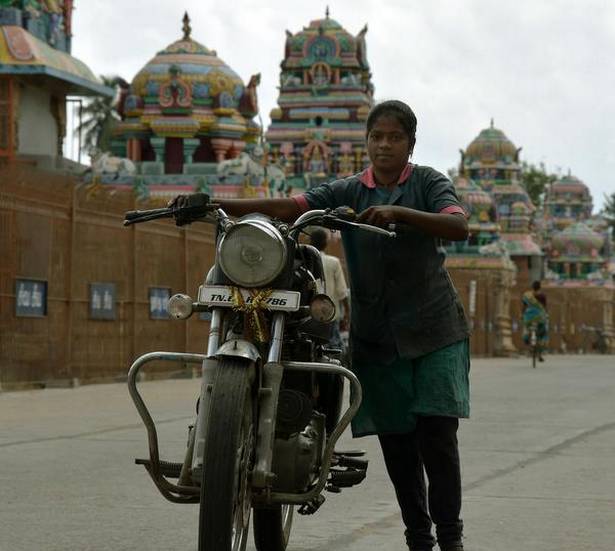
Rohini, the youngest of four daughters, used to relieve her mother for the evening shift from 5 pm, while still a senior student at the ARR Matriculation School. “I would bring my books to the garage, and try and complete my homework while helping Appa out,” she says.
Turning around
Besides apprenticing for her father, Rohini also worked part-time as a delivery girl for a grocery store. “I wasn’t especially fond of two-wheelers; it was just a way to help my father,” she says. Life took an unexpected turn on July 7, 2008, when she was hit by a bus while returning from a delivery round on her bicycle.
“I had crossed the road, but the bus hit and dragged me on my cycle for a short distance,” she recounts. “I was bleeding from my ears and nose. The accident happened on the main road. I only remember falling down, not what happened after.” Badly injured and confined to bed for 20 days, Rohini had to miss out on her board exams, and eventually, higher education as well. “Though my external wounds have healed, I still get sudden headaches and body pain, so I had to drop the idea of resuming school,” she says. A police case was filed, but little has happened in the past nine years.
Determined to make herself useful, she decided to become a full-fledged mechanic. Today, her father proudly says that she can manage his garage even in his absence. “Everything looks difficult when you are starting out. I’m proud to say that under my father’s training, I can pull apart any bike and set it right,” she says. “Appa always says that we should try our best, even if it means breaking the parts. Luckily, I have learned how to repair things without destroying the original components.” From fixing the engine to the tyres, Rohini just purses her lips and gets going. She draws the line at welding, though. “The smoke tends to blur my vision,” she says.
Career path
The young woman earns between ₹12,000 to ₹15,000 per month. But having a workplace situated opposite the Mahamaham Tank has some caveats too. “We have to close our shop to make way for the temple car festivities,” says Ravi. “Besides this, the business is very unpredictable. Some days, you get four or five customers. On other days, there’s nobody,” he adds. Rohini and her father are at work every day from 10 am to 9 pm, and usually it is the young woman who checks the vehicle first before the duo decides what is to be done. “I may not have been able to go to school, but I do know a lot about repairing two-wheelers. It’s an ideal career for women, especially homemakers in rural areas, who are no longer employed in the farms,” she says. “Though I am ready to train other women, very few are willing to give this career a chance, because they think it is meant only for men.”
Dreams unlimited
A survivor of a second serious road accident, this time caused by the failed brake of a two-wheeler she was testing, Rohini says she has always been a free spirit on wheels. “From my school days, I used to cycle around everywhere. Now, after I promised Appa that I will not drive at a high speed, I have got my very own Scooty Pep,” she says. Sundays are her off days to catch up on sleep, and to indulge in henna designing. Rohini has won accolades for her determination and professional excellence from numerous social organisations. But she still wonders how life would have turned out if she had completed her education. “Interviews remind me of those long-lost dreams,” she says. “But then I realise that I have become a role model for other girls in our vicinity. Anything is possible with hard work.”
source: http://www.thehindu.com / The Hindu / Home> Life & Style> Motoring / by Nahla Nainar / March 22nd, 2018
